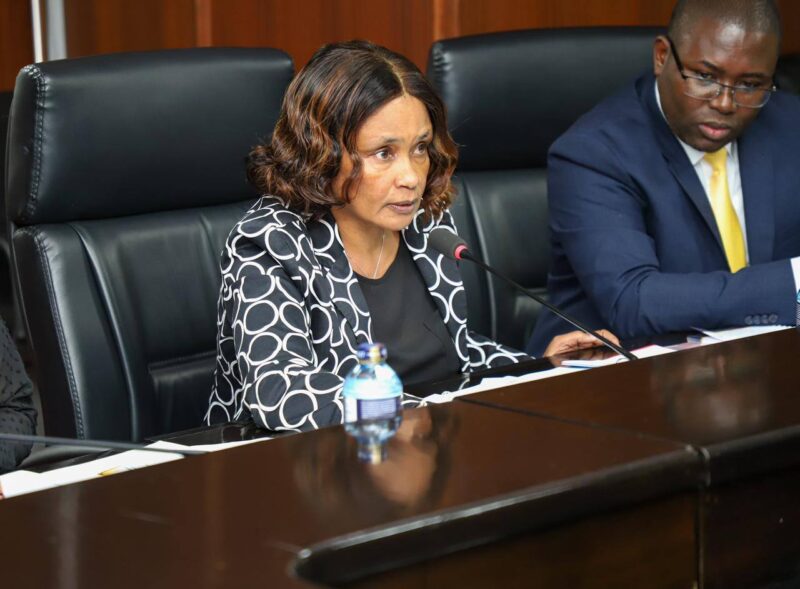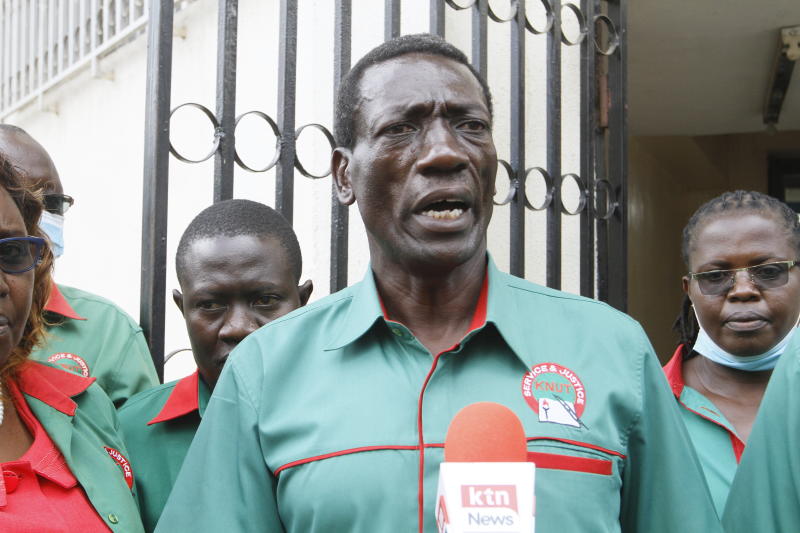The upcoming pay rise for teachers across Kenya, set to begin at the end of this month, will provide teachers with an increase in their salaries ranging between Ksh.1,000 and Ksh.3,000, depending on their job groups.
This pay adjustment was anticipated by the teaching fraternity to commence at the start of the current financial year on July 1st, but it faced delays due to claims of insufficient funds. The increase is part of the ongoing efforts to address teachers’ concerns, particularly regarding their compensation and working conditions.
Amidst a split between the two main teachers’ unions, the Kenya National Union of Teachers (KNUT) and the Kenya Union of Post-Primary Education Teachers (KUPPET), over whether to proceed with a planned strike, the government has announced that it has secured Ksh.13 billion to fund the salary increment for teachers.
This financial provision aims to address the teachers’ demands and avert the strike, signaling the government’s commitment to resolving the pay dispute and improving the conditions for educators across the country.
READ ALSO:Court Temporarily Halts Ongoing KUPPET’s Nationwide Protest as TSC Releases July and August Salaries
According to figures obtained by Chipuko TV, the upcoming salary adjustments for teachers in Kenya will affect various grades as follows:
– Grade B5: The least paid teachers will see their basic salary increase from Ksh.22,739 to Ksh.23,830.
– Grade C2: Senior teachers at the primary school level, who currently earn Ksh.45,776, will have their pay increased to Ksh.47,858.
– Grade C5: Teachers at a mid-grade level, including primary school head teachers, will see their maximum basic salary rise from Ksh.78,667 to Ksh.79,651.
– Grade D5: The highest-paid teachers, such as chief principals, will experience an increase in their basic pay from Ksh.159,534 to Ksh.162,539.
These adjustments reflect the government’s efforts to address teachers’ compensation demands, with the changes expected to be implemented by the end of this month.
The recent salary review for teachers in Kenya will result in increases ranging from Ksh.1,037 for the least paid teachers to Ksh.3,005 for those at the highest level. Teachers, whose job grades are divided into 11 categories, also receive various allowances, which include:
– Monthly Commuter Allowance: Ranges from Ksh.4,000 at the entry level to Ksh.16,000 at the highest level.
– Leave Allowance: Varies between Ksh.4,000 and Ksh.10,000, depending on the job group, and is payable once a year.
– Hardship Allowance: Ranges from Ksh.6,600 to Ksh.38,100, depending on the job group and location.
These allowances are in addition to the basic salary and are designed to support teachers in meeting their living and work-related expenses, particularly in challenging environments.
In addition to their basic salary and other allowances, teachers in Kenya are also entitled to a **housing allowance**, which is categorized based on their location:
– Cluster One (Nairobi): Teachers based in Nairobi receive a housing allowance ranging from Ksh.6,750 to Ksh.50,000, depending on their job group.
– Cluster Two (Other Cities and Major Towns): Teachers in cities and major towns such as Mombasa, Nakuru, Eldoret, and Nyeri receive a housing allowance ranging from Ksh.4,500 to Ksh.35,000, depending on their job group.
These housing allowances are designed to help teachers cope with the varying costs of living in different regions, with higher allowances provided for those in more expensive urban areas.
In addition to the previously mentioned clusters, teachers working in areas categorized as *former municipalities* are entitled to housing allowances ranging from Ksh.3,850 to Ksh.25,000, depending on their job group.
The Ministry of Education has committed to ensuring that the funds for these housing allowances, along with the accrued arrears from July 2024, will be included in the teachers’ August salaries. This move is part of the government’s broader efforts to address the financial concerns of teachers across the country.




